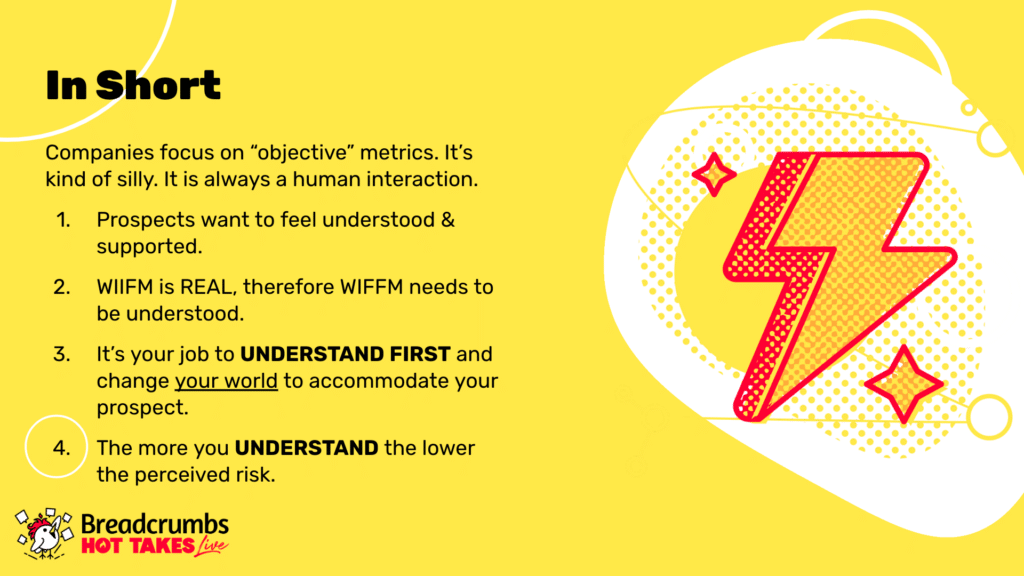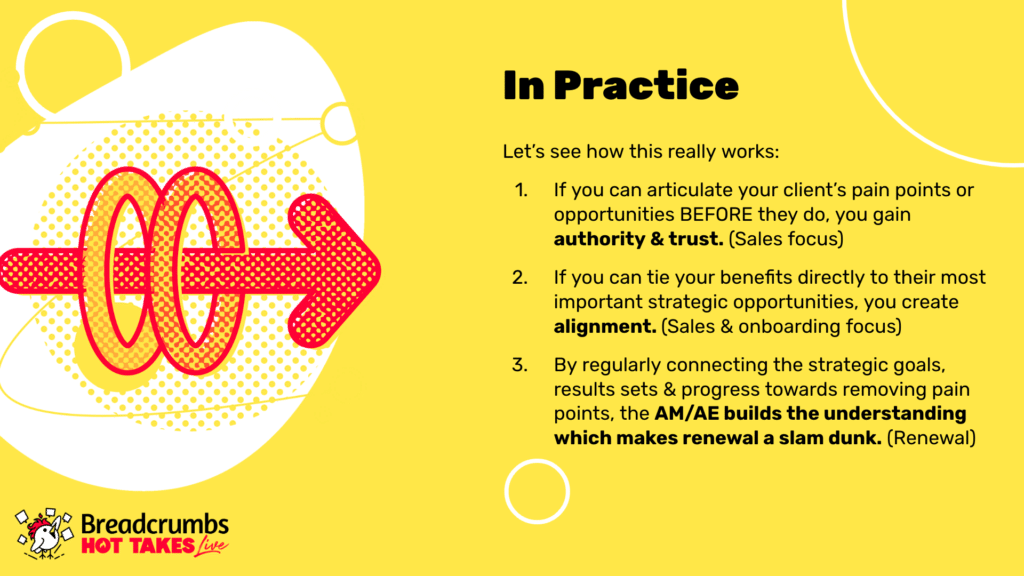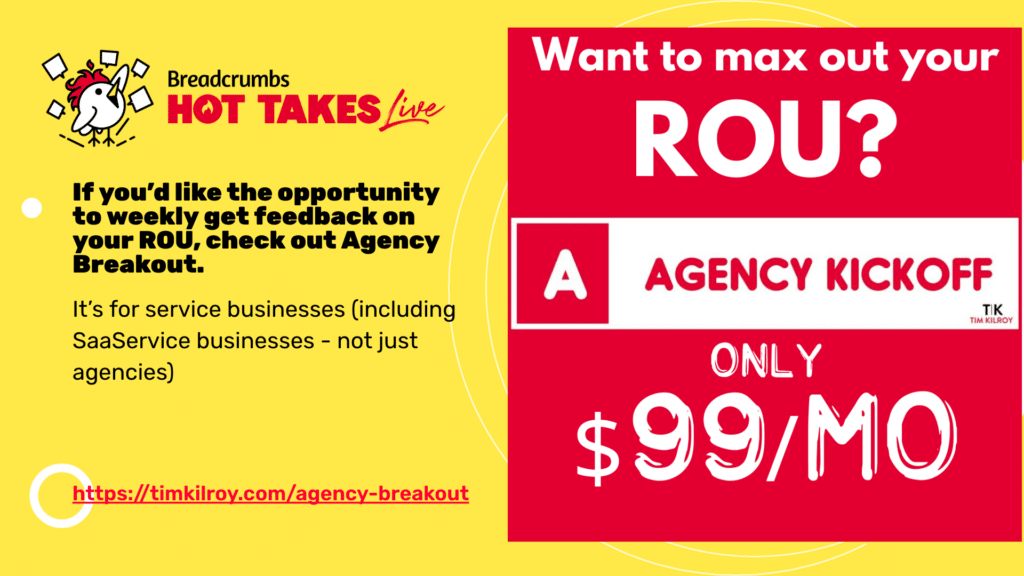

Unkover your competitors’ Marketing Secrets
Say goodbye to wasting hours on competitor analysis by equipping your team with an AI-driven, always-on competitive intelligence platform.


Say goodbye to wasting hours on competitor analysis by equipping your team with an AI-driven, always-on competitive intelligence platform.

Stay Ahead with AI-DRIVEN Competitive Intelligence
Unkover is your AI-driven Competitive Intelligence team delivering critical updates about your competitors the moment they happen:
Track your competitors website changes
Why spend all day stalking the competition when you don’t have to?
With Unkover, you’ll know instantly when your competitors tweak their messaging or shake up their pricing. No more endless scrolling through their sites or second-guessing your strategies.
Let us do the heavy lifting for you, ensuring you’re always in the loop by notifying you the moment a critical change happens on your competitor’s pages.
Sit back, relax, and keep winning—Unkover makes sure you’re not just in the game, you’re always a step ahead.


Read your competitors emails
Companies love updating their customers and prospects about relevant news, product updates, and special offers.
That juicy info from your competitors? It’s yours too. Unkover will automatically capture all their emails and bring them right to your doorstep—accessible to your entire team, anytime.
[COMING SOON: Our fine-tuned AI will sift through these emails, extract key information and send them over to the best team within your org. Less noise, more signal!]
We hear you! Unkover’s goal is not to flood you with tons of data points that no one in your team will ever read. We gather competitive intelligence from thousands of data sources and use AI to highlight actionable information to the right team in your company.
Say goodbye to noise. We’re 100% signal.
ROADMAP
We’re excited to get Unkover in your hands as soon as possible and keep building the best competitive intelligence tool with your precious feedback. The roadmap for the next few months is already exciting, so take a look!
While we build and deliver, here’s our promise to you: as an early tester and customer, you’ll lock in an exclusive bargain price we’ll never offer again in the future.

Spy on your competitors’ full marketing strategy: social, ads, content marketing, email flows, and more.

Track competitive Win/Loss analysis and build battle cards. Get alerted at every pricing change.

Get immediate alerts when competitors announce new features or major releases. Identify strengths and weaknesses from online reviews.

Get the competitive intelligence you need where you need it: Slack, eMail, MS Teams, Salesforce, Hubspot, Pipedrive and more.
slack integration
Unkover’s Slack integration lets you keep your whole team up to speed with your competitors’ updates.

Join now to lock in an exclusive 50% lifetime discount
For startups and small teams, it’s the essential toolkit you need to keep an eye on a select few competitors.

Up to 5 competitors

50 pages monitored

10 email workflows

3-day data refresh
$39
/per month
$ 79
50% discount
Billed annually
For growing businesses, it allows you to monitor more competitors, pages, and email workflows.

Up to 10 competitors

100 pages monitored

20 email workflows

1-day data refresh
$79
/per month
$ 159
50% discount
Billed annually
For large companies, it is tailored to meet the needs of multiple teams needing granular insights.

Custom number of competitors

Custom number of pages monitored

Custom number of email workflows

Hourly data refresh
Custom price
Billed annually

Sales Development organizations are vital to the success of most sales functions, but it seems to be one of the hardest areas to get right. These organizations are the lifeblood of sales opportunities for your sales teams and often are the pipeline of talent that eventually moves into full closing roles.
During this 15-minute session, Tim Kilroy, CEO of Tim Kilroy Agency, will outline how to create a GTM for sales development that prioritizes desired outcomes and ultimately drives more business for you.
You will learn how to:
Although transcriptions are generally very accurate, just a friendly reminder that they could sometimes be incomplete or contain errors due to unclear audio or transcription inaccuracies.
Armando Biondi
Live for the first session of the marketing stage of Hot Takes Live 3. Tim, very excited to have you.
Tim Kilroy
I’m excited to be here.
Armando Biondi
Welcome to Tim Kilroy, CEO of Tim Kilroy Agency; you are going to kick things off with a title that couldn’t be more on point ‘Screw Your ROAS, Maximize Your ROU.’ The stage is all yours.
Tim Kilroy
Alright, and this is what selling in marketing is all about. We get so focused on tactics and all that sort of stuff, and we’ve forgotten the fact that whenever we are making a sale of any sort whenever we are engaging with anybody in a piece of software or trying to develop a relationship, the freaking tactics don’t matter.
My name is Tim, and I run an agency and growth coaching business. I’ve been in the agency and startup space since 1997, and the fun fact about me is I have vomited inside of an F-14, and it is not nearly as fun as it sounds. If you ever want to hear that story, I’m happy to tell it.
So what the hell is ROU? I mean, we all know what ROAS is. ROU is a return on understanding. Since 1997, and yeah, that means I’m really old. I’ve been onboarding and selling to clients and working with them, and so I’ve learned a couple of things.

Number one, whenever a transaction happens, it always triggers downside aversion for the buyer. They might be really excited when they’re going through the sales process, but as soon as they say yes and they pay their money and sign the contract, Oh my God, things are scary.
In the SaaS world, it is not only the buyer or the champion of this. The user of your SaaS product gets really nervous because they’re thinking, ‘Oh my God, this is going to screw up my workflow’ or whatever, and here’s the thing that I have learned over the years is that your sales and onboarding process is almost entirely built around your needs.
You’re qualifying people so that you know that your software fits, you’re explaining the software in the ways so that it can be managed the most effectively from your end, and your prospects and clients start to feel ignored.
This becomes a tool that they use your way, and so your slick-haired, good cologne-wearing salesperson has just landed a deal that makes the user do something that is different than what they did, and it might be better, but they don’t like it because it’s different.
So you really need to think about bringing your clients’ and prospects’ needs into the discussion immediately from the first get-go.
This is a statistic that I put together. I started tracking this at my last agency, and then we also did it at Tenuity. And my last agency was 50% Saassy; we had a software that we used.
So we’ve started tracking post onboarding NPS, and if we got a seven or higher NPS post onboarding, there was a 98% correlation that those clients would be in our top 15 of customer lifetime value, and it’s because we really focused on making sure that the onboarding covering all the stuff we needed but also addressed their needs explicitly, implicitly, directly, indirectly; every way we possibly could.
So we often focus on objective metrics like return on ad spend, or time to usefulness, or adoption of new features or whatever. Those things are actually a little bit silly because they are like a snapshot into the past, but the relationship between you, your client or prospect, and your software is fundamentally a human interaction.
So prospects and buyers want to feel understood and supported all the time. It does not matter how freaking cool your software is if you cannot contextualize it. So it makes sense to me, the user, the buyer, well then, “I don’t feel supported or understood or protected by you,” and so with them, what’s in it for me is real.

This is the guiding principle of making decisions. I am going to give you something that I value, in this case, money, in exchange for something that I perceive is going to have more value.
It’s going to be worth more than the money that I pay you, so you really need to understand, as a seller and a software provider, what’s in it for your client or prospect. If you don’t have a clear understanding of that, you are effed, so it is your job to understand first and change your world to accommodate the needs of the prospect or buyer.
Now this sucks; there is nothing good about this from your end because this means you have to adapt to your clients rather than the other way around, and we know that we all build software so it works a particular way, and we don’t like edge cases, we don’t like unique situations, we don’t like stuff that makes us do things that we don’t want to do.
Well, your clients and prospect are facing the exact same thing, and guess what? Their money pays for your salary. Ergo, you must help them value your product in a way that is undeniable, so the more that you understand what they value, the lower the perceived risk of either investing financially in the software or investing in the workflow that revolves around your software.
Now, in practice, let’s see how this really works so during the sales process if you can articulate your clients’ pain points or opportunities before they do, you gain authority and trust, and that authority and trust allows you to lead the client to the point where you can show them the value.

Now, here’s the place where most organizations fail the most profoundly: they don’t take the time to tie the benefits of their software specifically to the strategic needs of the client. We often focus on features, we often focus on how much of it’s better than the competition, and we often focus on the great interface that we’ve spent years sweating over.
Well, unless you can show me how all of those things help me, the client, get to my strategic goals, it doesn’t really matter. So throughout the sales process, the onboarding process, and the account engagement process, we need to be regularly tying the activities of the software to the progress towards the strategic goals of the client.
This is crazy hard, and it requires an enormous amount of empathy, but this, creating alignment, is the number one thing that is going to make renewals easier, so if you can show that your software has been integral in saving money, saving time, creating new opportunities, removing obstacles, whatever it is those things that your clients desperately, desperately need.
Then it’s really simple to get the renewal because you can say, “Hey, we started working together, and you’ve made this progress towards those strategic goals. Isn’t that awesome? Please sign the next contract.”
If you have done the hard work along the way to tie the features, benefits, and opportunities inside your software and service to the opportunity that they are trying to capture, be it saving money, saving time, increasing sales, decreasing cost, whatever it is. If you know that and are tracking it actively, it creates an alignment and partnership that makes renewals a slam dunk.
Alright, so the key takeaway here is that increasing your ad spend does not grow your market nearly as quickly as understanding your prospects and clients in a really deep and profound way.
Now I wish somebody like Nietzsche had said that, and so it had more weight; I said that so whatever, like take it for what it’s worth.
Alright, so if you would like to get opportunity on your current state of ROU, I’d invite you to come check out agency kickoff because it’s 99 bucks a month. I developed it for agencies, but we also have a bunch of other service businesses in there.

I probably should change points, but this is a really light-watching and feed program that can help you keep ROU in front of your face.

Hot Takes Live
Replays
Catch the replay of Hot Takes Live, where 30 of the top SaaS leaders across Marketing, Sales, and RevOps revealed some of their most unpopular opinions about their niche.
These leaders shared what lessons they learned and how they disrupted their industry by going against the grain (and achieved better results in the process).
Armando Biondi
Tim, I loved that. Thank you so much; it is a great start to the marketing session, and it resonates a lot with the journey that we have been going through here at Breadcrumbs.
It’s, I think, particularly interesting, the fact that many, many companies and operators really focus on… and it goes back to the what and the why, right? One thing is the feature and the mechanics around it, and one thing is what you are trying to achieve, what’s the broader business outcome that you’re looking for that this becomes a tool.
I find that particularly fascinating because the more companies can tie one to the other, the more they can be successful and accelerate a bunch of other processes.
Tim Kilroy
Yeah, and I think I see that Vincenzo just asked a terrific question: reduced sales cycle time, using AI, and all that sort of stuff.
So I’m gonna say this: AI right now is fantastic at so many things it makes hard things pretty easy, right? It creates connections that you don’t see, but the power, I think, here is when you were able to tie those data-driven connections and opportunities to the idea of trust and alignment.
Well, then you change very quickly from somebody who’s trying to do X, trying to take something from, you know, we’ve all been sold, and we feel like the person on the other end is like, ‘Well, just sign the contract for God’s sake,’ it’s easy, come on, what are you waiting for?
Like, do you hate money, bro? You know that sort of stuff, and that puts the buyer on the defensive.
Armando Biondi
Right
Tim Kilroy
They want to know what’s in it for them, and once you do that, then I think the acceleration from stuff like AI is, you know, I can’t even calculate it honestly because once there is trust and alignment, then there are very few decisions left to be made.
Armando Biondi
Right, yeah, and just validating the fact that you understand their pain point, you understand their objectives, what they’re trying to achieve, because another one of the things that you mentioned, which I found very, very fitting, is the fact that not very many realize that part of the sale is guiding change management…
Tim Kilroy
Everything, right?
Armando Biondi
To your point, the user is gonna have to learn different things, so how do we have that? How do we enable that, how do we make enablement as painless as possible and how do we get them on board on that journey?
Tim Kilroy
Well, it’s by holding out the carrot, right? Like strategic goals, you know, save time; you get to leave at three o’clock on a Friday afternoon instead of 7:30, right? Whatever it is, right?
Armando Biondi
You know? So Vincenzo, to your question, I think the reduced sales cycle is an output of this pre-align pre-work like that you’re doing from an alignment point of view, from a level setting point of view, from a strategic goal, as well as change management. Would you agree with that time, Tim?
Tim Kilroy
Yes, I mean absolutely, like change management and strategies or like they’re inextricably tied, right? Because if you were going to hit the goals of doing what you were doing, you wouldn’t have to make any changes. Right, yeah, so I do see there is a question here …
Armando Biondi
Yes, Deepak. This is another topic that I wanted to touch on with you super quick. Deepak asks, isn’t asking for an NPS soon after onboarding too early?
Tim Kilroy
No, because all you’re asking the NPS about the onboarding and questions are really simple, “Did we do a good job?” And honestly, it sets up the positive or negative, it sets up a regular feedback loop.
Armando Biondi
Right.
Tim Kilroy
The worst thing that can happen is that you touch base with your customers once a month, and when you, as the AE or whatever, look in and their usage has dropped dramatically. Well, at that point, it’s too late!
So, the more regularly you can incorporate feedback about specific things, not “Would you recommend us to a friend?” No, you can’t do that early on, but did we do a good job in onboarding, and do you feel understood, heard, and know what’s happening next? Oh yeah, you do. Awesome.
Armando Biondi
Cool. Last question, so we talked about ROU, return on understanding, and lots of when we talk about KPIs, there is lots of infrastructure around them, lots of frameworks around them, lots of ways of measuring, and you mentioned NPS as a way of measuring that, is that the way in which you’re measuring them or are there any other ways?
Tim Kilroy
You know, I think the way to sort of measure this, at scale certainly, is by identifying friction points, or the friction points around contract are they around terms, are they around onboarding, whatever those friction points are, and your team already knows exactly what they are because they go through them every day.
And if you make a concerted effort to focus specifically on those friction points and figure out what you don’t understand what’s creating those friction points, then you can measure the reduction in friction.
And this ROU, it’s an emotional KPI, you know? It’s very soft and squishy. It’s very kindergarteny, like friend, are you feeling understood today? Do you know that we love you?
But that’s what you really need to do; it’s the reduction of friction in the process. If stuff was hard and it becomes a little bit easier, yeah, it’s not your process that’s better…
Armando Biondi
A better way of measuring that is it’s not one specific number but just improvements around your processes; if there are things that are working better than before, that’s because you’re understanding more.
Tim Kilroy
Yeah, so you can understand that you’re asking too much of a prospect at a particular point, and they slow down the sales process, or you’re asking way too much of somebody during onboarding and they might not be ready for the things you’re asking for two weeks post onboarding you know? I think there’s there’s an awful lot of squishiness here, but like you’re all smart, and you know…
Armando Biondi
That’s translating into operational elements that you can look for and apply.
Tim Kilroy
Yeah, like if your team already knows where the friction points are, if you start there and just really look at those friction points from the client perspective and you understand like, “Oh right, like you know we’re asking them for to fill out a 97 question sheet before our kickoff meeting” what like nobody wants to do that, right?
Armando Biondi
Tim, I loved that! We are at a time; I have it to kick you out.
Tim Kilroy
Alright, kick me out, alright! Love you, guys.
Armando Biondi
This was a lot of fun. Thank you so much, Tim.
Tim Kilroy
Alright, see ya.